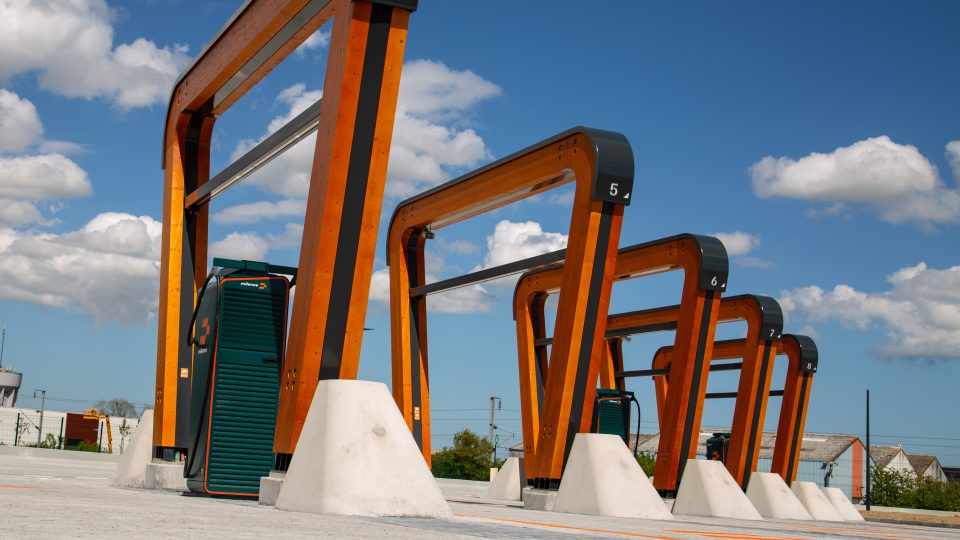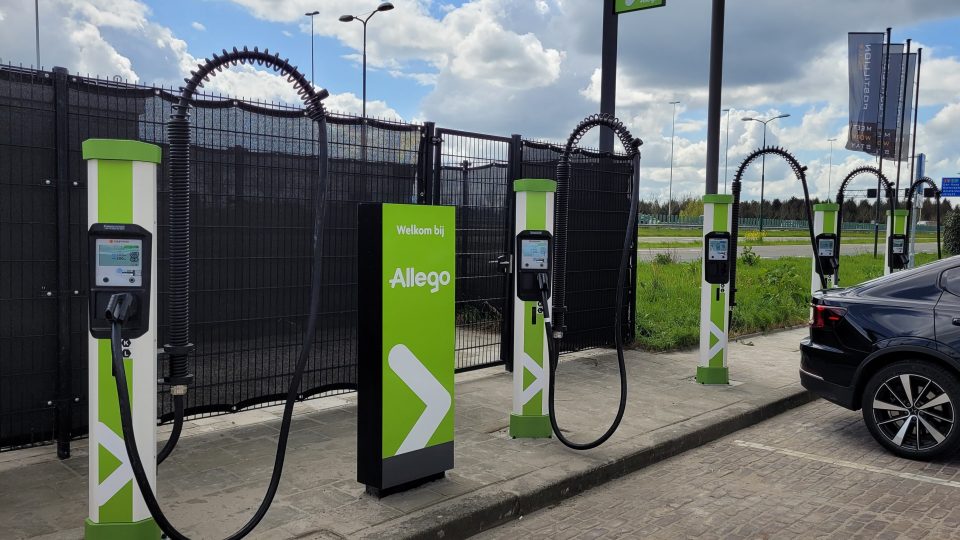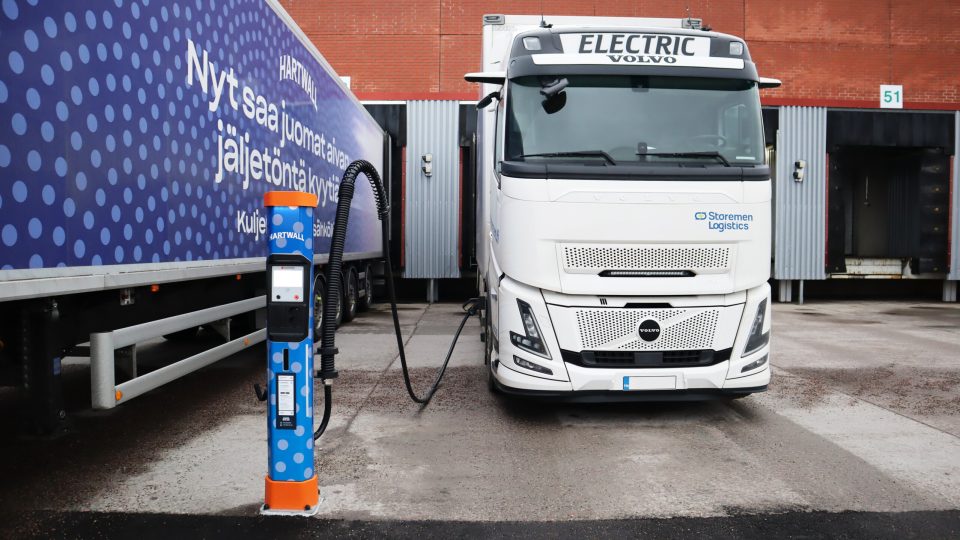Infrastructure, Ekoenergetyka unveils innovative ‘Plug&Charge’ technology
An extremely important element that requires special emphasis is the provision of comprehensive cybersecurity for the entire process and the protection of customers' sensitive data. As the electromobility industry develops, the issue of cybersecurity is becoming increasingly important and an indispensable aspect.
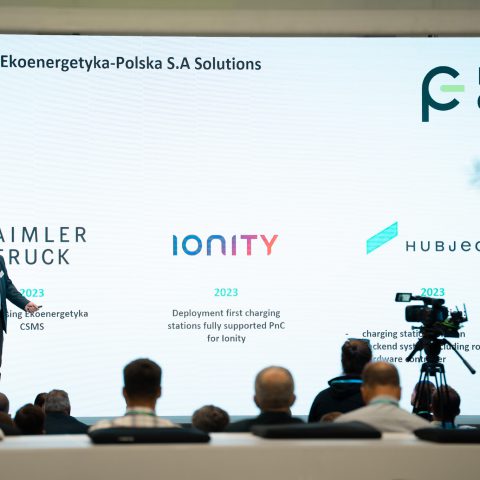
Polish specialist Ekoenergetyka unveiled ‘Plug&Charge’ technology, quite an innovative way to approach EV charging process. According to the company itself, the solution “eliminates the need for multiple apps, RFID cards or credit card payments, making EV charging as simple as plugging in and driving away”. This is all the more important for the European market with the implementation of the AFIR regulation.
Ekoenergetyka has implemented Plug&Charge software solutions based on the ISO15118 standard and the availability of this feature in Ekoenergetykas’ products is the result of years of work and testing. Work on this technology began in 2020, with the cooperation of the global organization CharIN.
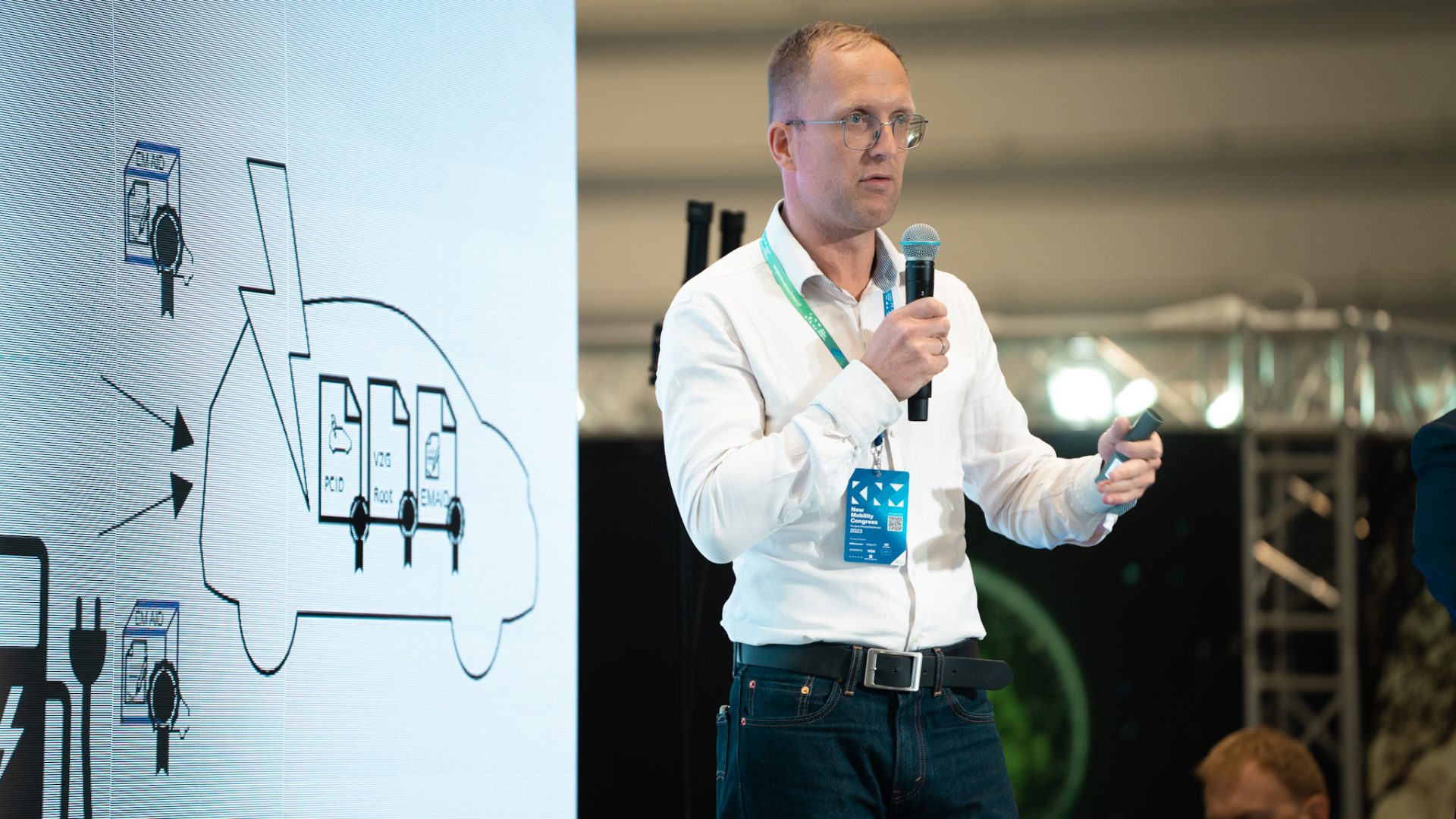
Ekoenergetyka Plug&Charge: tests with the eActros
Experts from Ekoenergetyka in 2022 conducted tests and communications with the eActros truck from Daimler Truck. The same year saw the launch of the first fully Plug&Charge-operated charging station for IONITY – one of the most important charging network operators in Europe.
An extremely important element that requires special emphasis is the provision of comprehensive cybersecurity for the entire process and the protection of customers’ sensitive data. As the electromobility industry develops, the issue of cybersecurity is becoming increasingly important and an indispensable aspect.
“Plug&Charge is the kind of technology that resembles magic. The process is technologically quite complicated but hidden from the customer. Everything happens automatically, making the use of chargers extremely intuitive and simple”, said Michal Malecki, Director of the Software Development Office at Ekoenergetyka.
An ecosystem of charging network operators
Plug&Charge is established by an ecosystem that brings together charging network operators, software developers and certification bodies such as Hubject. Hubject simplifies the EV charging process through its eRoaming platform, called intercharge, which connects charging point operators (CPOs) and eMobility service providers (EMPs), enabling unified, network-independent access to charging infrastructure.
“One of the key elements of the services Hubject offers is Plug&Charge. This means that each EV is assigned a unique certificate, which is used to ensure secure communication in the EV Ecosystem,” explained Steffen Rhinow Director of Plug&Charge Hubject, “When a vehicle owner wants to charge their EV, they can use this certificate to identify themselves in the system and do a charging session. It’s worth noting that Hubject has also had a significant impact on the growth of EV acceptance in the market, contributing to the development of charging infrastructure and streamlining the process of EV use. In this way, the company has played an important role in accelerating the transition to more sustainable and environmentally friendly forms of transportation.”










